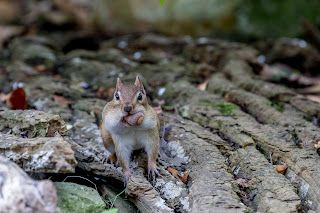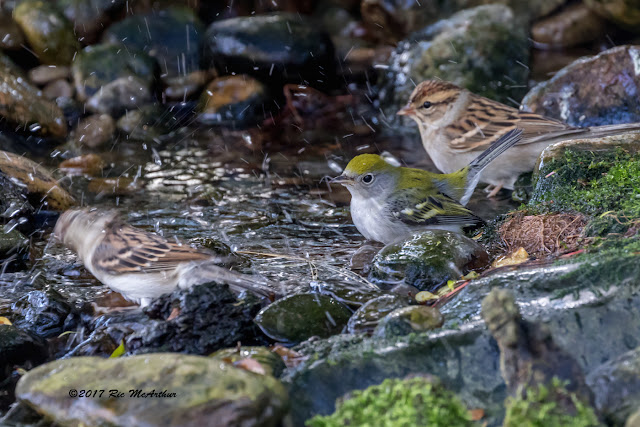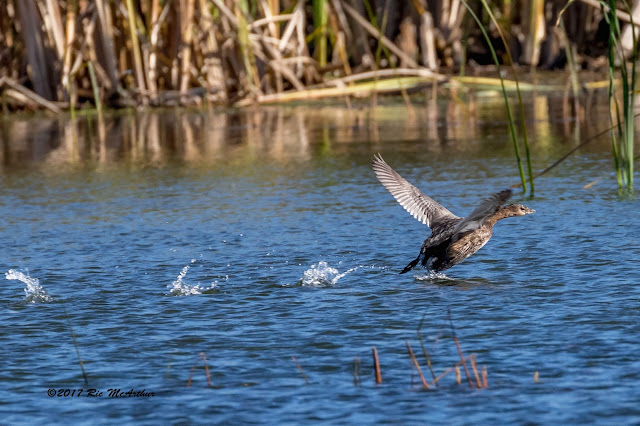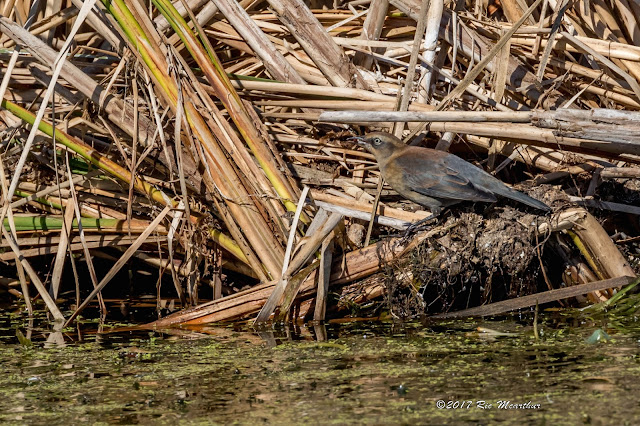White throated sparrow.

One of several sparrow species that visited the yard this fall. White Throated Sparrow. Zonotrichia albicollis. White-throated Sparrows stay near the ground, scratching through leaves in search of food, often in flocks. You may see them low in bushes as well, particularly in spring when they eat fresh buds. White-throated Sparrows sing their distinctive songs frequently, even in winter. source - https://www.allaboutbirds.org/guide/White-throated_Sparrow/id












